Colour Processing Tubes
Also known as print drums.
These are light-proof tubes with a removable lid that you fit your paper into. The lid allows liquid to enter and exit while blocking out light. You place the tube horizontally on a level surface, add a quantity of chemistry that suits both the drum and print size, and roll the drum back and forth. As the print is rolling, the chemistry remains pooled at the bottom due to gravity, and the entire surface area of the print is covered. The back and forth motion provides a consistent degree of agitation for even processing.
Processing tubes are often
paired with motor bases that facilitate even rotation for consistent
results. They also help reduce space requirements, as the drum can
remain stationary while rotating (as opposed to requiring a length of
floor or table on which to roll.)
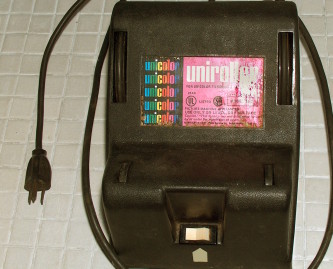
There exist a variety of designs for drums: I am familiar with the following:
Cibachrome/Ilfochrome
– The tube must be held vertically while filled with chemistry. The
chemistry pools in a cup located directly below the funnel. When the
tube is turned horizontally, the chemistry spills into the body of the
tube and covers entirety of the print upon rotation. Chemistry is
discarded by returning the tube to its vertical position. Holes in the
bottom or rear cap allow chemistry to spill out of the body of the tube.
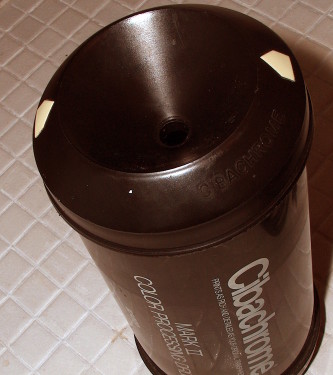
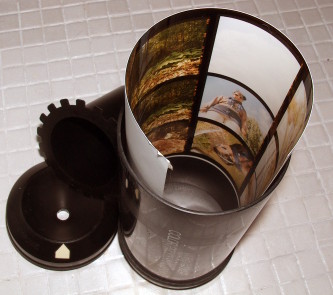
Unicolor/Simma-Color
– The front cap has a spout like funnel that allows for
filling while the tube is oriented horizontally. The tube contains
guiding beams that align the print such that it avoids chemical
exposure until the tube begins to rotate, leading to even processing.
Chemistry is discarded through the same pour-spout. In my experience,
this design is the best design.
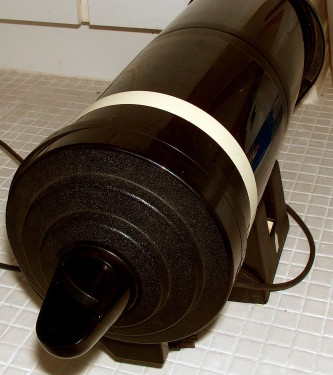
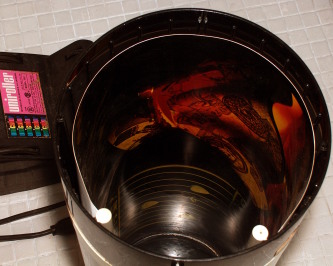
Patterson/various – Injection design. These are designed to be used with processors that inject the chemicals into the tube via pump. Normally, these cannot be adapted for use without the accompanying processor.
All tubes come in sizes geared at printing standard paper sizes; eg., 8x10”, 11x14”, 16x20”, 20x24”. Some larger tubes can be used to print multiple smaller prints at once! (eg., printing 4 8x10’s in a 16x20” tube.)
Based on my experience, here are the recommended chemical quantities per print size:
8x10” – 100ml
11x14” – 150ml
16x20” – 250ml
20x24” – 350ml